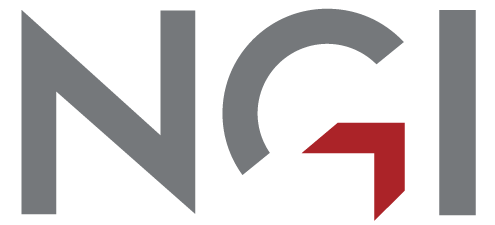Press release -
Risk management tool
Damage to neighbouring buildings caused by ground work can lead to additional costs and disputes. A new tool is now launched to better provide risk management in construction projects.
In the R&D project REMEDY, 18 partners have joined together on behalf of an entire industry to reduce the risk of physical and financial damage as a result of ground work. The partners represent all types of stakeholders in the building and construction sector: contractors, consultants, public builders and insurance companies, as well as research institutions.
Easier risk assessment
Assessing possible consequences for the environment is an important part of the construction process, right from early planning to completion of a construction and construction project. The developer has a responsibility to look after neighbours and this can be a demanding task. Risk-reducing measures are often costly when developing in densely populated areas, where it is built close to neighbouring structures and on areas with poor ground conditions.
Old town houses are particularly vulnerable to construction activity close by, and especially private homeowners are subjected to heavy burden and strain when damage occurs.
- The most important thing is to make risk assessment an integral part of planning, geotechnical design and execution of ground work. In this way we can identify risk elements and thus get the opportunity to reduce the risk of injury or damage, says Jenny Langford, senior specialist at NGI and head of the research project REMEDY.
To support the industry's needs, a risk assessment tool has been developed, based on the classical risk matrix method. Such a risk assessment is particularly important to perform at an early stage of a project, where the opportunity to influence the risk is greatest. The tool is based on the identification and classification of risk elements for all planned construction activities, so that it can support the choice of solution methods and to highlight the need for risk mitigation measures.
The risk assessment will, in addition to supporting decisions, be beneficial for the communication between the participants and stakeholders in a project, and enable risk elements to be followed up and maintained until completion.
Better together
In the Norwegian construction and civil engineering sector alone, damage caused by ground work is estimated to amount to one billion NOK per year. The R&D project REMEDY aims to reduce this figure, and is a continuation of a previous research project, BegrensSkade I (Limit Damage) which was completed in 2015.
- Thanks to active participation and support from all partners, we hope in the long term to be able to reduce costs due to damage and disputes on a large scale. Therefore, we are launching recommendations and guidelines for the entire building and construction sector. As a project manager, I am proud to say that together we will make a difference for an entire industry, says Langford.
NGI leads the REMEDY project on behalf of the Research Council of Norway. The R&D project consists of six sub-projects, which will be completed in 2022. Read more on the project's website.
Topics
- Environment, Energy
The Norwegian Geotechnical Institute (NGI) is a leading international centre for research and consulting within the geosciences. NGI develops optimum solutions for society, and offers expertise on the behaviour of soil, rock and snow and their interaction with the natural and built environment.
NGI works within the markets Offshore energy; Building, construction and transportation; Natural hazards, and Environmental Engineering.
NGI is a private foundation with office and laboratory in Oslo, branch office in Trondheim, and daughter companies in Houston, Texas, USA, and Perth, Western Australia. NGI was established in 1953.
